Quantum physics just got even more fascinating—and a little weirder. Recently, scientists at Princeton University discovered a startling new behavior in superconductors, the materials that let electricity flow without resistance at extremely low temperatures. This sudden and unexpected quantum “weirdness” has the potential to change how we understand the quantum world and may open doors to revolutionary advancements in technology.
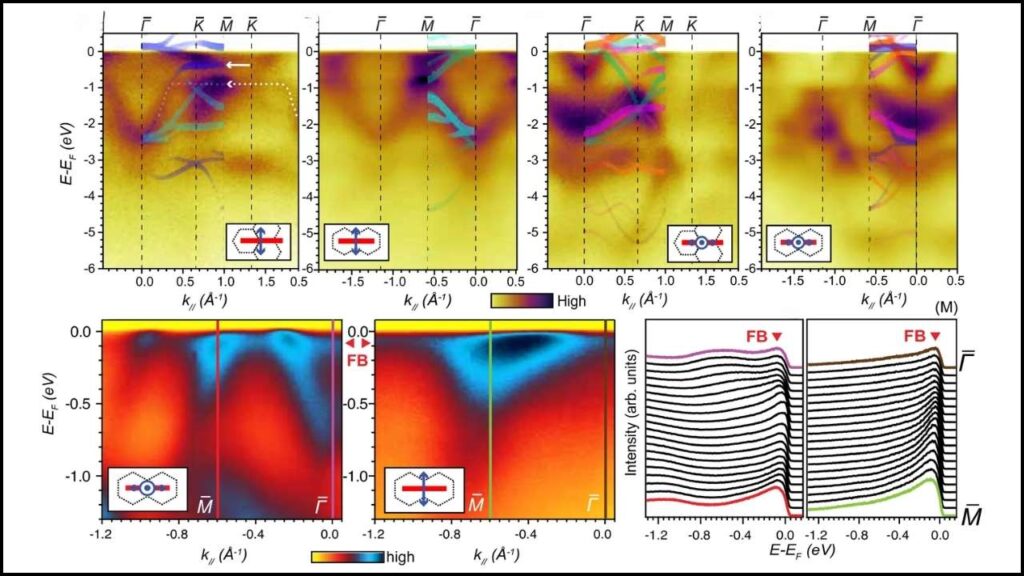
Table of Contents
What Is Quantum Weirdness in Superconductors?
Superconductors are materials that, below a certain temperature, allow electric current to flow without losing energy. This property has incredible applications in technologies like MRI machines, quantum computers, and maglev trains.
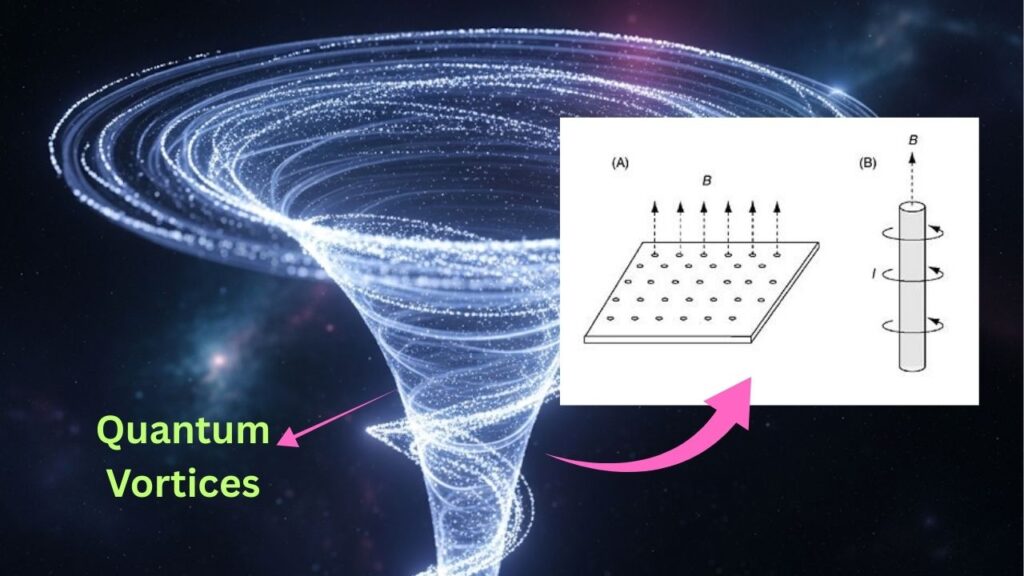
Quantum physics explains how particles behave at extremely small scales. Within superconductors, tiny whirlpools of electric current called “quantum vortices” play essential roles in controlling how superconductivity turns on or off. Researchers at Princeton have now detected an abrupt disappearance of these quantum vortices under specific conditions in a super-thin superconductor. This unexpected phenomenon—described as the “sudden death” of quantum fluctuations—does not fit current physics theories.
New Quantum Weirdness Spotted in Superconductor
| Topic | Details |
|---|---|
| Institution | Princeton University |
| Material Studied | Atom-thin layer of tungsten ditelluride (WTe₂), switching between insulating and superconducting states |
| Phenomenon Observed | Sudden disappearance (“death”) of quantum mechanical fluctuations (vortices) at a critical electron density |
| Significance | Defies existing quantum phase transition theories; suggests new physics beyond current models |
| Temperature Range | Close to absolute zero |
| Practical Implications | Potential development of new superconducting materials and quantum technologies |
| Publication | Nature Physics |
| Reference Website | Princeton University Physics News |
The discovery of new quantum weirdness in an ultra-thin superconductor by Princeton physicists represents a paradigm shift in our understanding of quantum phase transitions. This sudden disappearance of quantum vortices challenges long-standing theories and signals exciting new physics beyond current models. For researchers and professionals, this breakthrough offers a promising frontier for developing advanced quantum materials and technologies.
The future of superconductivity and quantum materials is bright, and this discovery is a crucial step in mapping that frontier.
Understanding the Discovery: A Simple Explanation
To break it down, imagine a normal phase change you know well: ice melting into water. That’s a classic change of state. In quantum materials like superconductors, phase changes happen when tiny elements called quantum fluctuations shift the material between different states, sometimes dramatically.
Princeton researchers began with tungsten ditelluride, a special material made of layers only a few atoms thick. When extremely cold—near absolute zero—they found the material could switch from being an insulator (blocking electricity) to a superconductor (letting electricity flow without resistance).
What’s truly surprising is how the researchers observed the behavior of quantum vortices—tiny whirlpools of electric current. Normally, these vortices are expected to gradually fade away as conditions change, but in this experiment, researchers found the vortex signals disappeared abruptly when the electron density crossed a specific threshold, known as the quantum critical point.
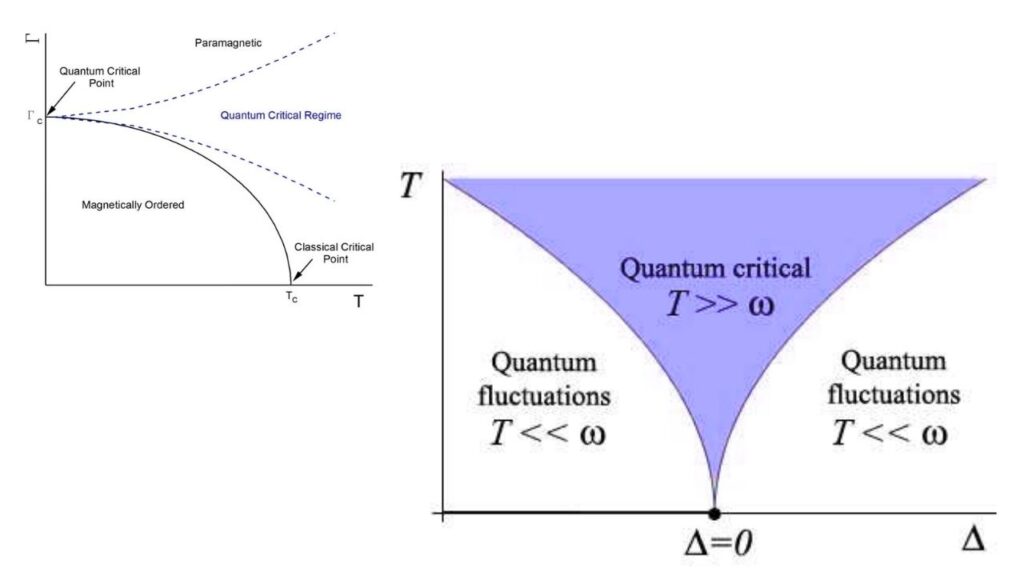
Sanfeng Wu, assistant professor of physics leading the team, explained this phenomenon as a brand-new kind of quantum phase transition that breaks the rules known in physics.
Why This Discovery Matters: Practical Insights for Scientists and Professionals
1. Challenging Established Theories
The abrupt “sudden death” of quantum vortices means our current theories about superconductors and quantum phase transitions aren’t fully accurate or complete. This opens up the possibility for new physics theories that could better explain quantum materials.
2. Potential Impact on Quantum Technology
Superconductors are integral in quantum computing and advanced electronics. Understanding and controlling quantum phase transitions can help researchers develop materials with highly desirable properties like resistance-free electricity flow at higher temperatures or tunable superconductivity, accelerating technological breakthroughs.
3. Pathway to New Materials
This discovery points to the ability to engineer quantum materials by tuning their electron densities and temperatures precisely, enabling new designs for superconductors with custom properties—a crucial step toward practical quantum devices.
The Science Behind The Experiment: Step-By-Step Guide
Step 1: Material Preparation
The scientists started with bulk tungsten ditelluride—a layered semimetal—and peeled it into ultra-thin layers just three atoms thick.
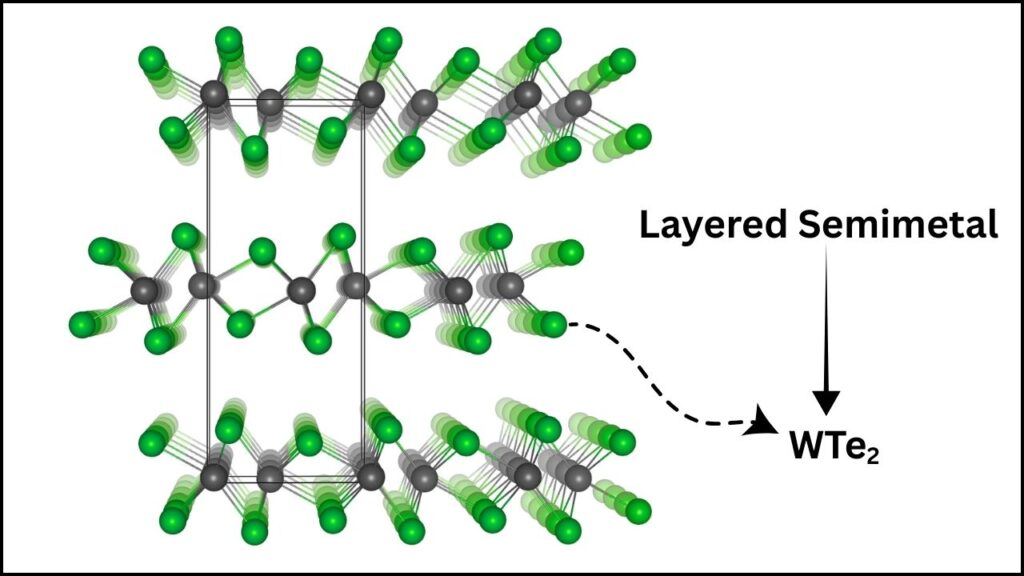
Step 2: Cooling to Near Absolute Zero
They cooled the ultra-thin material to temperatures close to 0 K (-273.15°C), where quantum fluctuations become dominant.
Step 3: Adjusting Electron Density
Using an electric gate (a kind of switch), they changed the number of electrons in the material, which controls its electrical behavior. This is like turning a knob to move between insulating and superconducting states.
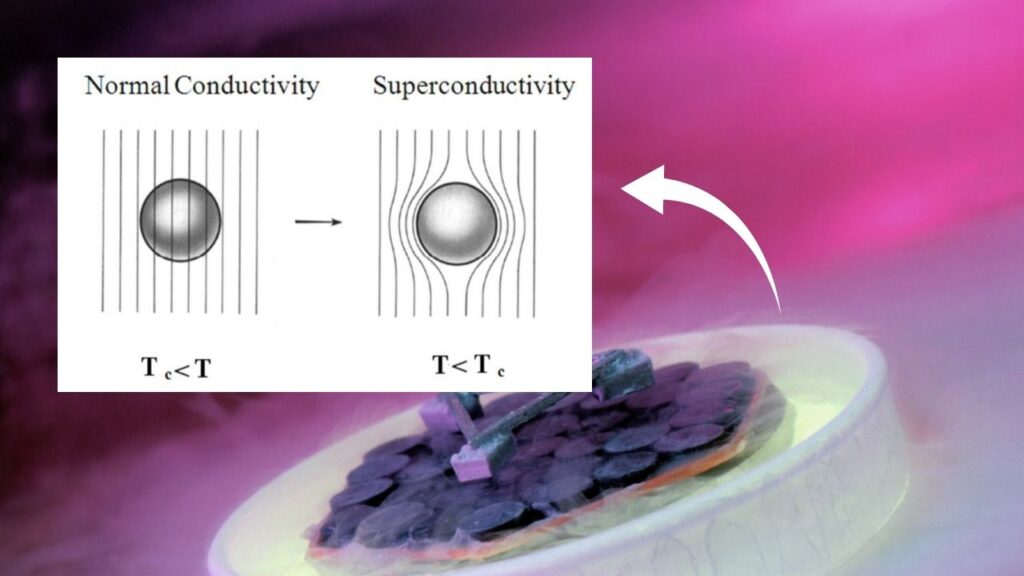
Step 4: Measuring Quantum Vortices
By creating a tiny temperature gradient across the material, vortices flowed from the warmer side to the cooler side, akin to a river of whirlpools moving to one edge. Detecting this flow gave insights into quantum fluctuations.
Step 5: Observation of Abrupt Change
When the electron density crossed the quantum critical point, the vortices—expected to fade gradually—rather vanished abruptly, signaling an unknown quantum behavior.
Practical Advice for Researchers and Students
- Explore 2D Materials: Focus on ultra-thin materials like tungsten ditelluride, known for unconventional quantum properties.
- Design Precision Devices: Use gating techniques to precisely tune electron density and probe phase transitions.
- Utilize Low-Temperature Labs: Study quantum behaviors near absolute zero to reveal effects hidden at higher temperatures.
- Collaborate Across Disciplines: Quantum physics, materials science, and electrical engineering combined provide the best chance to harness these discoveries.
- Stay Updated on Theories: Follow new theoretical developments that aim to explain this newly found quantum behavior.
MIT Just Found a Superconductor That’s Also Magnetic — Physics Textbooks May Need a Rewrite
Scientists Use Magnetic Chains and Superconductors to Create a New Quantum Material
FAQs About New Quantum Weirdness Spotted in Superconductor
Q1: What is a superconductor?
A superconductor is a material that can conduct electricity without resistance when cooled below a specific critical temperature.
Q2: Why is quantum weirdness important?
Quantum weirdness reveals behaviors that don’t fit current physics models, showing there is still much to learn about the fundamental laws of nature.
Q3: What is a quantum critical point?
It’s a point where a material changes phase (like from superconducting to non-superconducting) driven by quantum fluctuations at absolute zero temperature.
Q4: How could this research impact technology?
It could lead to better superconductors that work at higher temperatures or are tunable, advancing quantum computers and energy-efficient electronics.
Q5: Why use materials only a few atoms thick?
Two-dimensional materials exhibit unique quantum effects not seen in thicker materials, crucial for discovering new physics.



















